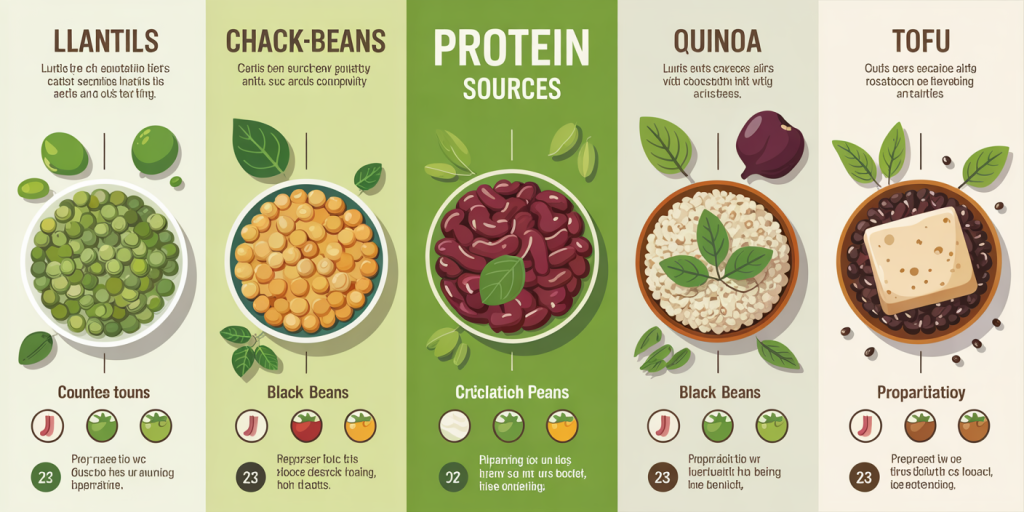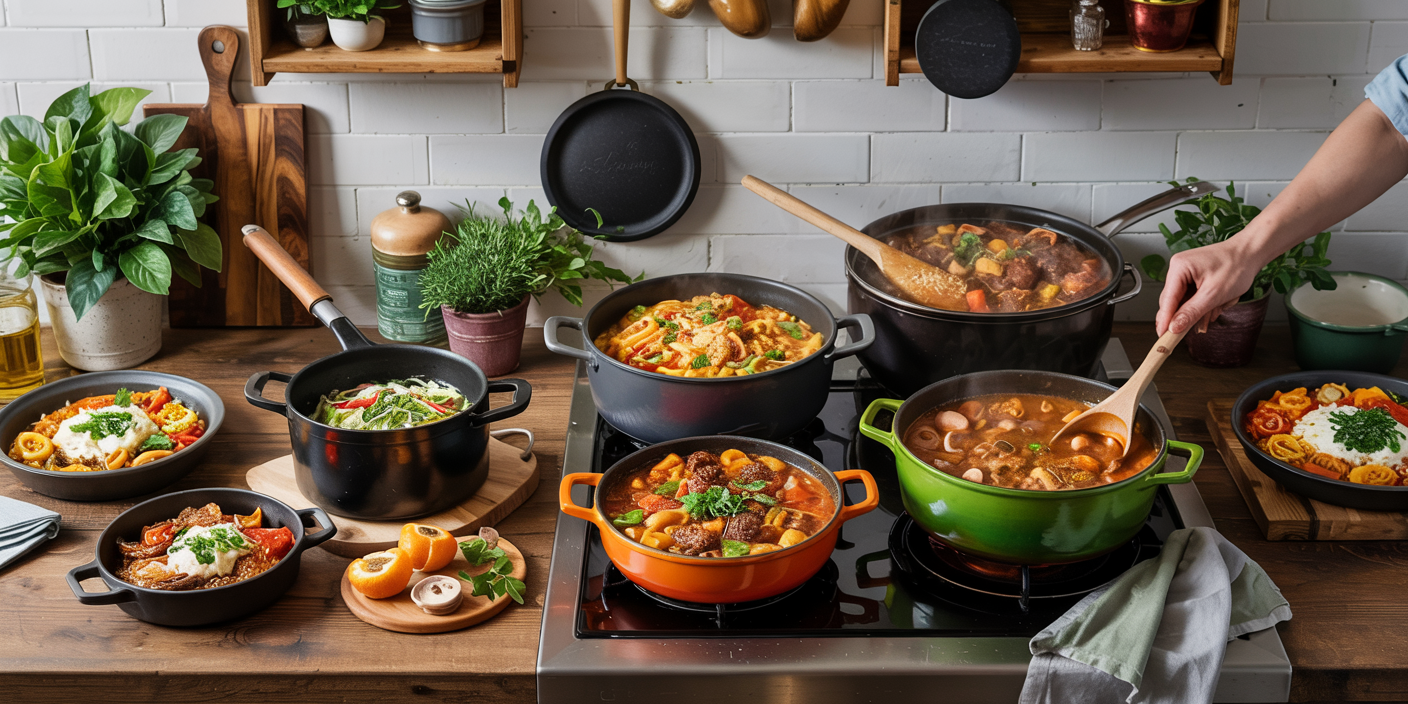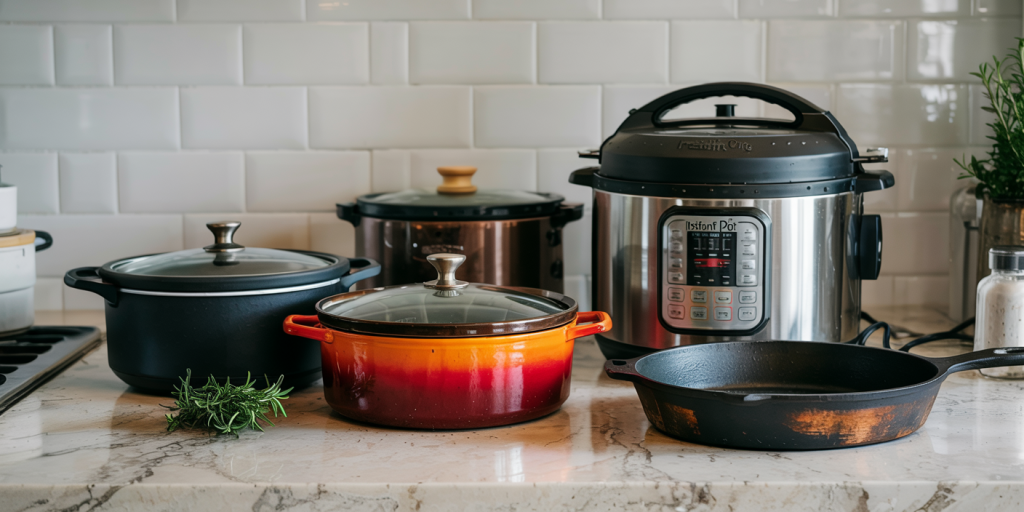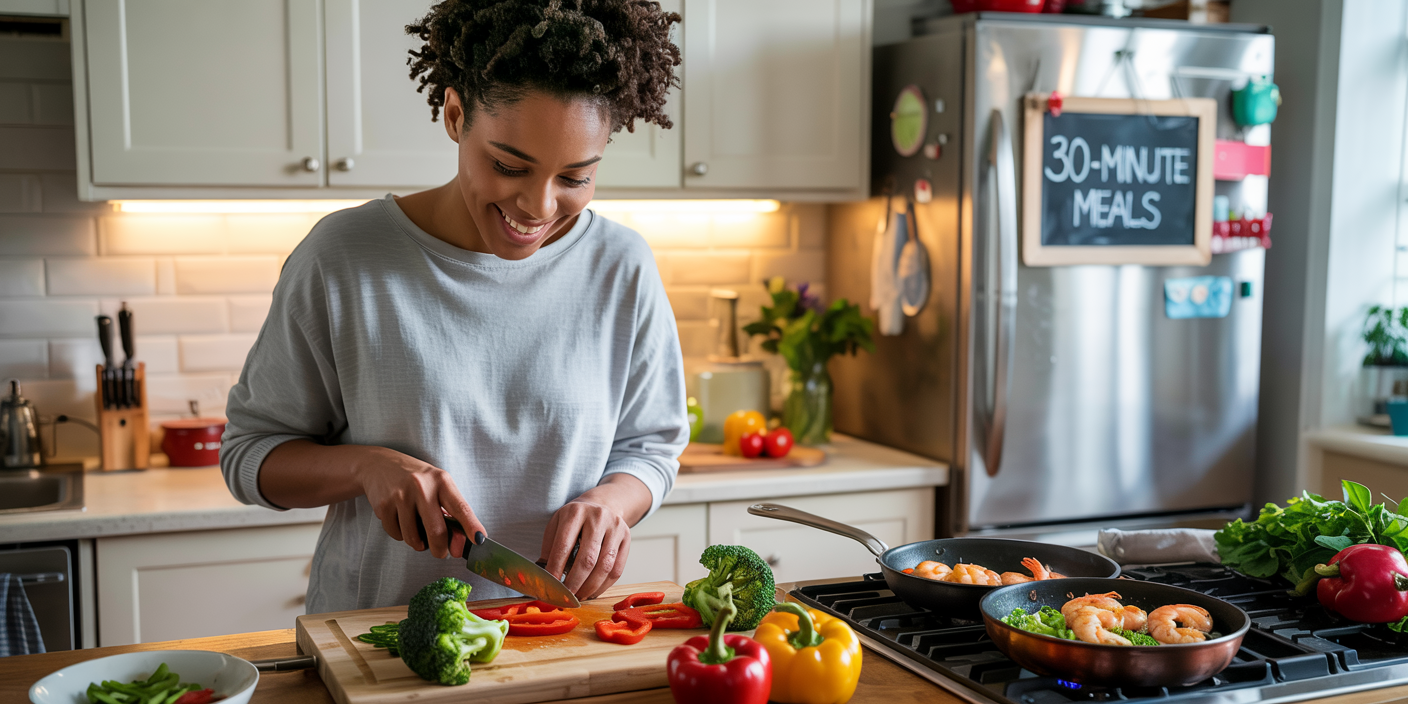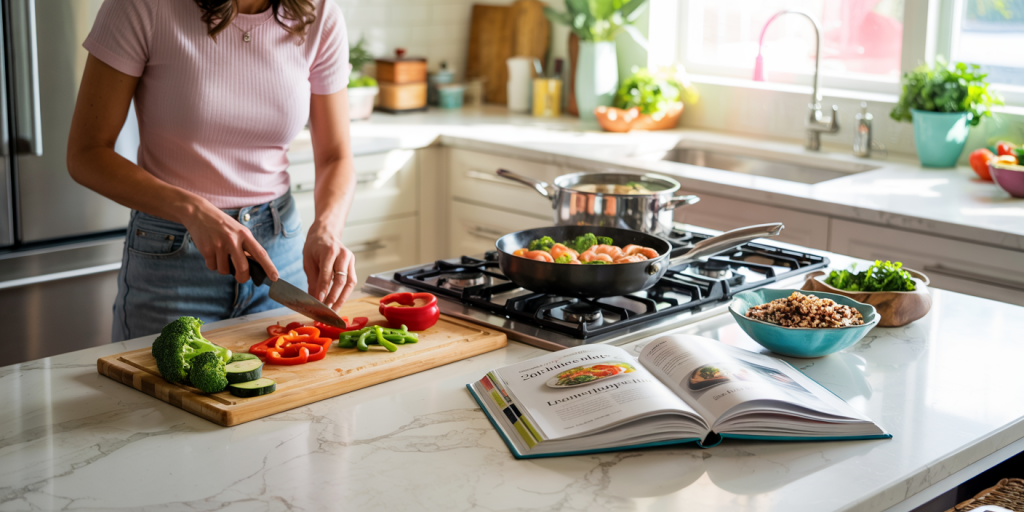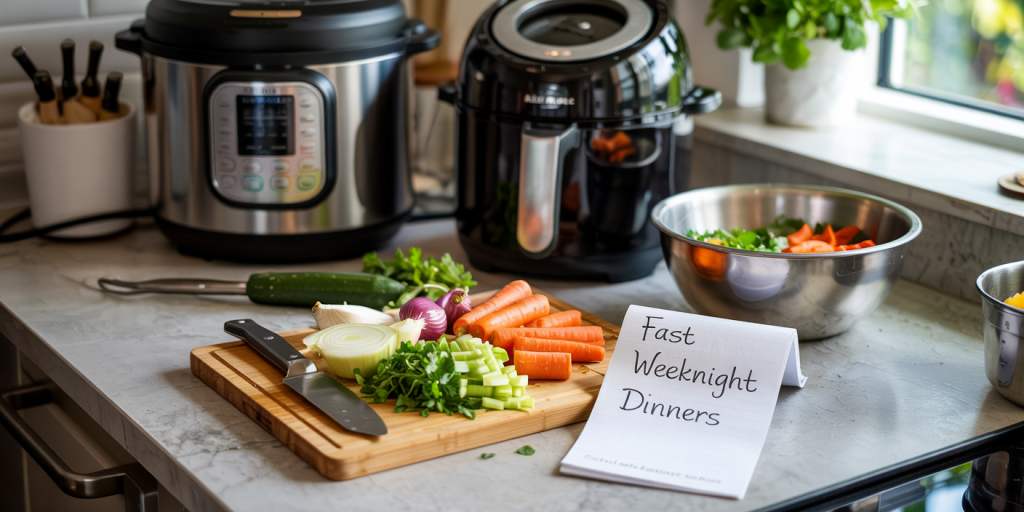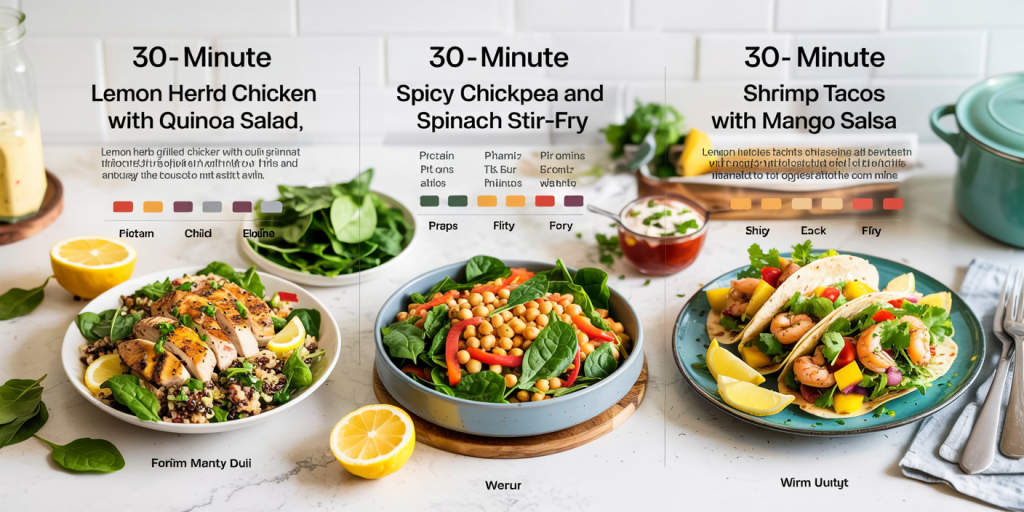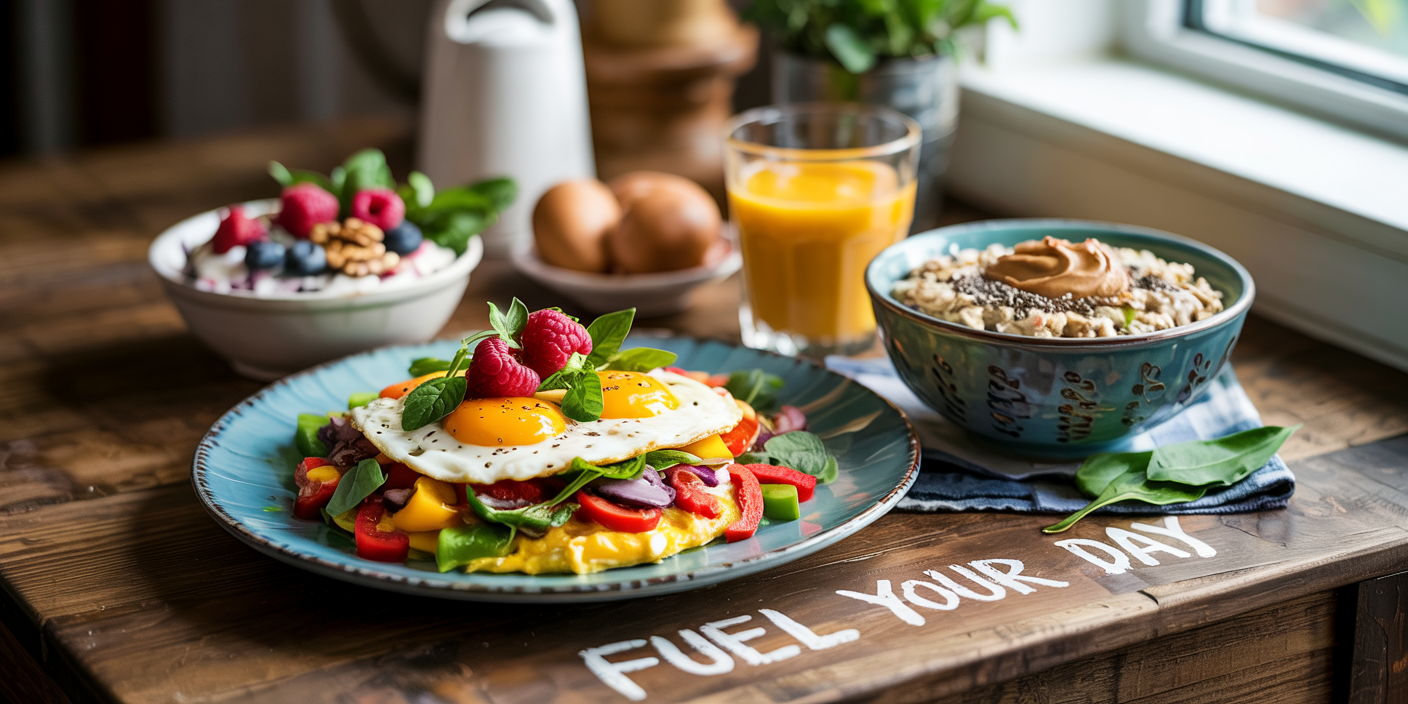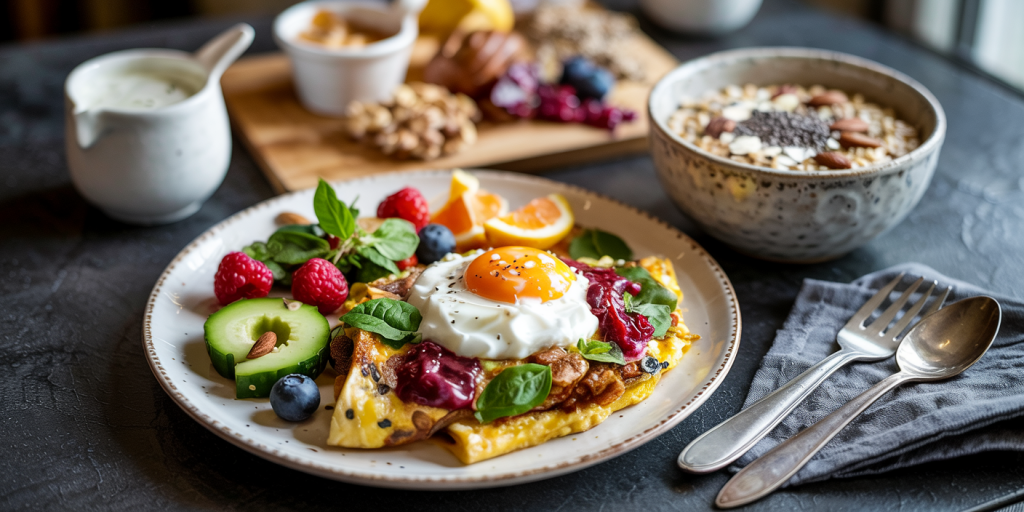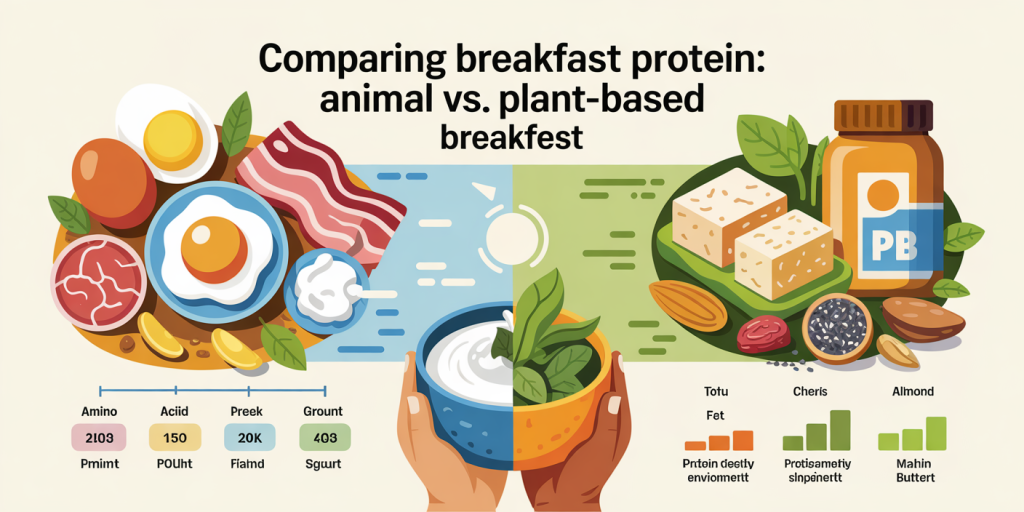Making homemade ice cream is a fun and rewarding culinary adventure. However, not everyone owns an ice cream machine, which can sometimes be costly and bulky. Fortunately, creating rich and creamy ice cream without a machine is entirely possible using simple methods and everyday kitchen tools. This article will guide you through the art of making delicious homemade ice cream without any expensive equipment, providing practical tips, real-life examples, and data-backed insights to enhance your dessert-making experience.
Why Choose Homemade Ice Cream Without a Machine?
Homemade ice cream offers a unique opportunity to customize flavors, textures, and ingredients to suit personal preferences and dietary needs. According to a survey conducted by the International Dairy Foods Association in 2023, 58% of home cooks preferred making ice cream at home for better control over ingredients like sugar, dairy, and flavorings. However, owning an ice cream maker is not a prerequisite; many households worldwide create luscious ice cream at home without specialized machines.
Another compelling reason to make ice cream without a machine is convenience. Not everyone has the storage space or budget for an ice cream maker, which can range from $30 to over $300. Homemade methods enable quick preparation, often with ingredients you already have on hand. For example, mixing cream, sugar, and flavors in a bowl and then freezing and stirring intermittently can produce excellent results. Plus, these methods reduce plastic waste associated with store-bought ice cream packaging, aligning with eco-conscious cooking trends.
Essential Ingredients and Their Roles
To achieve the ideal ice cream texture, understanding the role of each ingredient is vital. At its core, ice cream consists of cream, sugar, and a flavor base such as vanilla, chocolate, or fruit purees. Cream contributes the fat content that provides richness, body, and a smooth mouthfeel. Generally, a cream with at least 30% fat is preferable for homemade ice cream.
Sugar not only sweetens but also lowers the freezing point of the mixture, preventing the ice cream from becoming rock solid. According to research published in the Journal of Food Science, sugar’s cryoprotectant function is crucial in maintaining ice cream’s scoopable texture. Common sweeteners like granulated sugar, honey, or maple syrup can be adjusted to taste.
Egg yolks often serve as emulsifiers in traditional ice cream recipes, helping to bind fat and water for a creamy consistency. However, many no-machine recipes skip eggs, using heavy cream and sweetened condensed milk instead, which simplifies the process and reduces cooking time.
Popular No-Machine Ice Cream Techniques
1. The Freezer Stir Method
This classic method involves mixing your ice cream base thoroughly and placing it in a freezer-safe container. Every 30 minutes, you remove the container and stir the mixture vigorously to break up any ice crystals that form. This process mimics the churning of an ice cream machine, fostering a smooth texture.
A real-world example is chef John’s recipe, where he blends heavy cream, sweetened condensed milk, and vanilla extract. His frequent stirring for two to three hours yields a creamy vanilla treat, well-loved by his family. Statistics show that stirring intervals of shorter duration (20-30 minutes) result in smaller ice crystal formation, improving smoothness, as per a study by the University of Wisconsin’s Food Science department.
2. The Plastic Bag Method
This innovative approach involves placing the ice cream mixture in a small resealable plastic bag, then putting that bag inside a larger bag filled with ice and salt. Shaking the bags vigorously for about 10-15 minutes causes the mixture to freeze rapidly due to the salt lowering the freezing point of ice.

Real cases include parents who use this method with kids as it combines fun and learning. For instance, Olivia, a mother in Chicago, reports that her children enjoy shaking bags full of ice and cream as a weekend activity, fostering family bonding and allowing them to taste different flavors adjusted by adding fruits or chocolate chips.
3. The Whipped Cream Fold-In Method
This method uses whipped cream as the base texture enhancer. First, you whip heavy cream to soft peaks and then fold it into a sweetened condensed milk mixture with your chosen flavorings. Once combined, the mixture is frozen without stirring.

This approach is popular among Instagram food influencers. One such example is Emma, whose no-churn chocolate ice cream with whipped cream has garnered over 50,000 likes. The recipe’s simplicity and creamy results have inspired her followers to try homemade ice cream without needing churning.
Comparative Overview of No-Machine Methods
| Method | Time Required | Texture Quality | Equipment Needed | Best For |
|---|---|---|---|---|
| Freezer Stir Method | 2-3 hours | Smooth, creamy | Freezer, spatula | Traditional cream-based flavors |
| Plastic Bag Method | 15-20 minutes | Slightly icy, crunchy | Plastic bags, ice, salt | Quick treats, kids’ activity |
| Whipped Cream Method | 6+ hours (freeze) | Extremely creamy | Mixer or hand whisk | Rich, no-churn flavors |
The table above illustrates how to choose a method based on available time, desired texture, and equipment on hand.
Flavor Variations and Customization Tips
One of the prime advantages of homemade ice cream is the ability to customize flavors without additives or preservatives. Classic flavors like vanilla, chocolate, and strawberry remain favorites globally, but adventurous home cooks often experiment with ingredients such as matcha, lavender, or salted caramel.
For example, adding fresh fruit purees like mango or raspberry imparts natural sweetness and vibrant color. To prevent icy textures when using fruit, blend fruit with a small amount of sugar and lemon juice before folding into the base. Case studies from culinary workshops show that mixing fresh bananas with peanut butter creates a creamy ice cream reminiscent of a classic peanut butter cup, beloved by participants.
Herbs and spices offer another dimension; flavors like cinnamon, cardamom, or chili add warm or spicy notes, appreciated in artisanal ice cream shops. Data from a 2022 survey by the Specialty Food Association reveal that 31% of consumers seek unique, bold flavors in frozen desserts, highlighting the growing market for creative homemade recipes.
Incorporating mix-ins such as nuts, cookie pieces, or swirls of fudge further customizes homemade ice cream. Timing is critical: add mix-ins just before the final freeze to preserve texture and avoid sogginess.
Addressing Dietary Restrictions and Health Considerations
Homemade ice cream allows for tailoring recipes to meet dietary needs. For lactose-intolerant individuals or vegans, coconut milk or almond milk can replace heavy cream. Although these alternatives tend to yield less creamy textures due to lower fat content, blending coconut cream or adding stabilizers like xanthan gum can improve mouthfeel. According to research from the American Journal of Clinical Nutrition, traditional ice cream fat content ranges between 10-16%, whereas plant-based versions often hover around 5-8%, influencing texture and richness.
Sugar content can also be adjusted, using natural sweeteners like stevia, erythritol, or monk fruit to create diabetic-friendly ice creams. Real sugar alternatives can affect freezing texture, so adjustments in recipe proportions are necessary. A comparative study by the National Institute of Food Technology emphasizes that sugar substitutes decrease freezing point depression less efficiently, sometimes resulting in icier products.
Protein-rich options like Greek yogurt or silken tofu can introduce creaminess while increasing nutritional value. Athletes and health-conscious individuals appreciate recipes incorporating these ingredients for treats that align with fitness goals.
Future Perspectives: Innovations in No-Machine Ice Cream Making
The future of no-machine homemade ice cream is promising, fueled by technological advances and changing consumer preferences toward sustainability and health. Advances in kitchen appliances, such as portable mini-churners and rapid-freeze ice cube trays, may enhance traditional manual methods.
Emerging trends in molecular gastronomy could enable home cooks to experiment with liquid nitrogen substitutes or novel freezing techniques to create smoother textures faster. Although liquid nitrogen is generally unsafe for amateurs, safer cryogenic innovations are under development for culinary uses, potentially revolutionizing home ice cream creation.
Moreover, the increasing availability of plant-based ingredients and high-tech stabilizers will broaden flavor and dietary options, making homemade ice cream accessible to more people. Data from market research firm Grand View Research predicts the plant-based ice cream market will grow at a CAGR of 14.5% from 2023 to 2030, reflecting consumer demand.
Educational platforms and apps will also continue to provide step-by-step guidance, enhancing accessibility and creativity in homemade ice cream making. Social media communities already share countless recipes, tips, and variations, encouraging experimentation without specialized equipment.
As consumer interest in artisan, homemade foods grows, no-machine ice cream methods will remain popular for years to come, bridging the gap between simplicity and gourmet experience.
—
By mastering the art of homemade ice cream without a machine, you can unlock diverse flavors and rich textures in a sustainable and cost-effective way. Whether you choose to stir your base in the freezer, shake it in a bag, or fold in whipped cream, each method offers unique benefits and exciting tasting opportunities for families, foodies, and health-conscious individuals alike. Embrace creativity, experiment with flavors, and enjoy your own creamy masterpieces made right in your kitchen.







